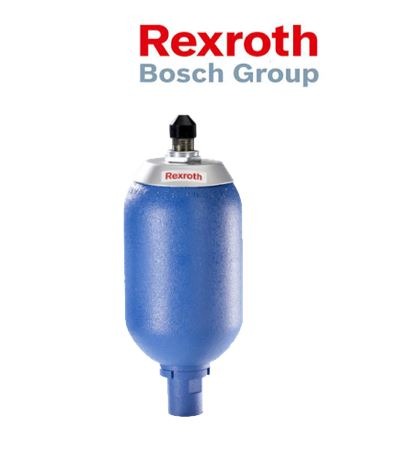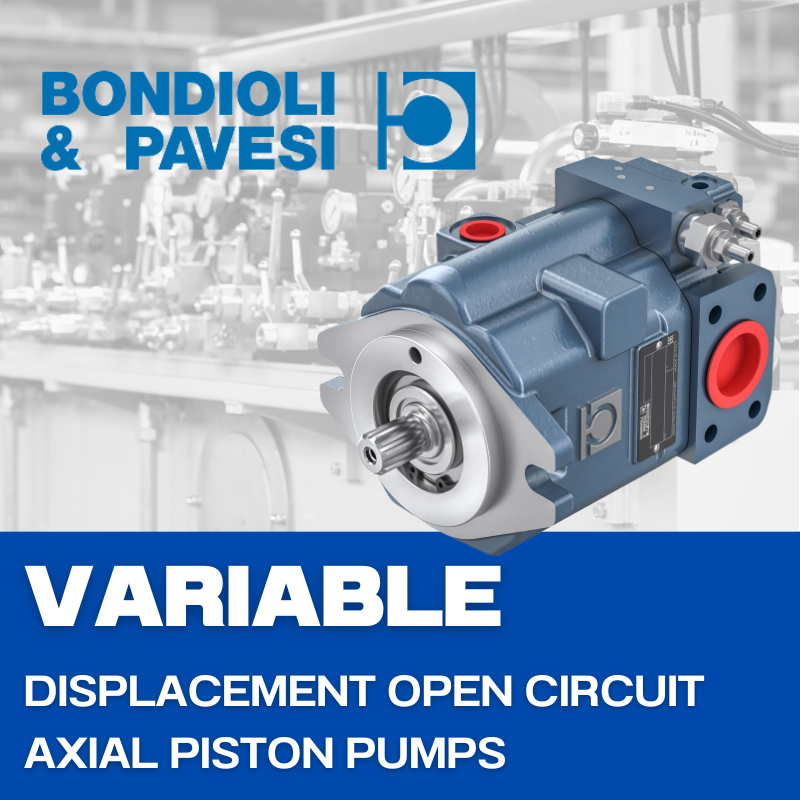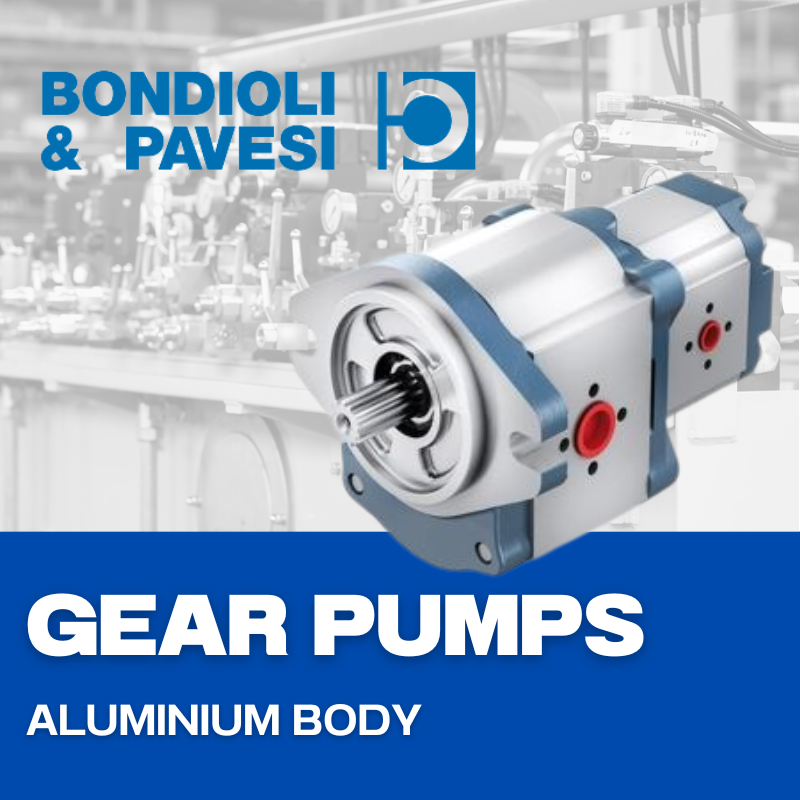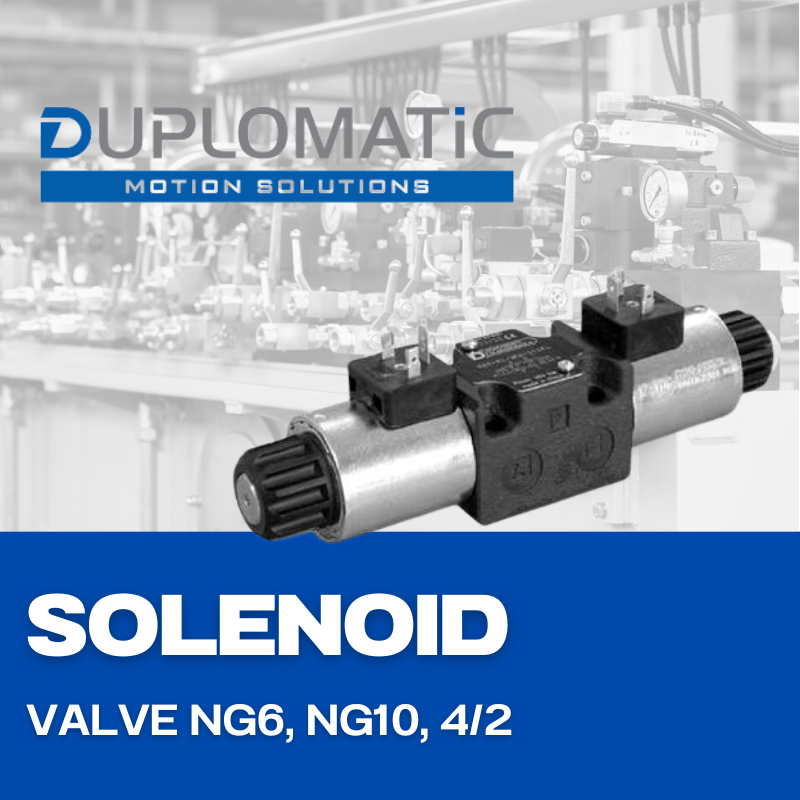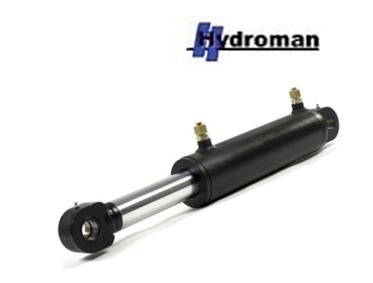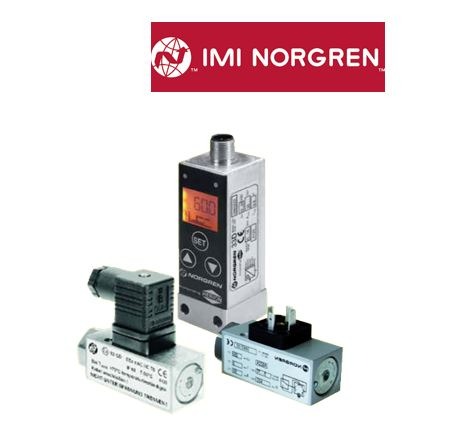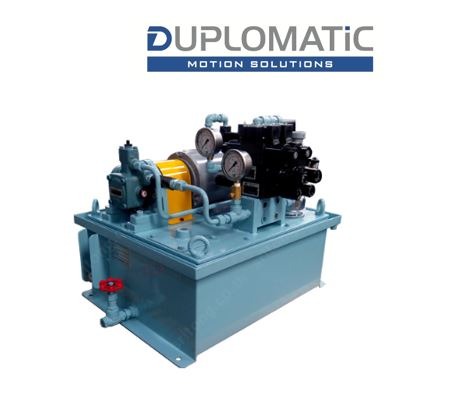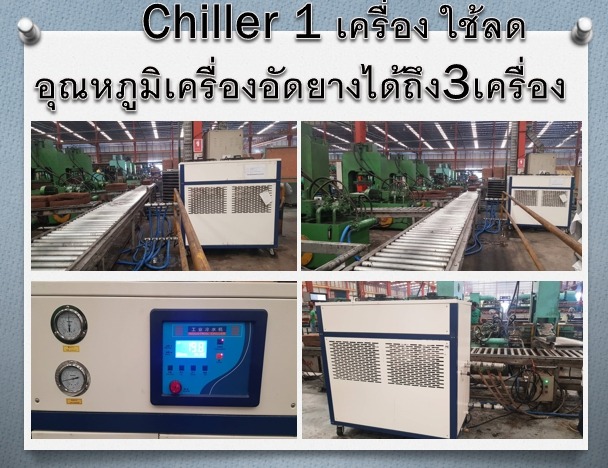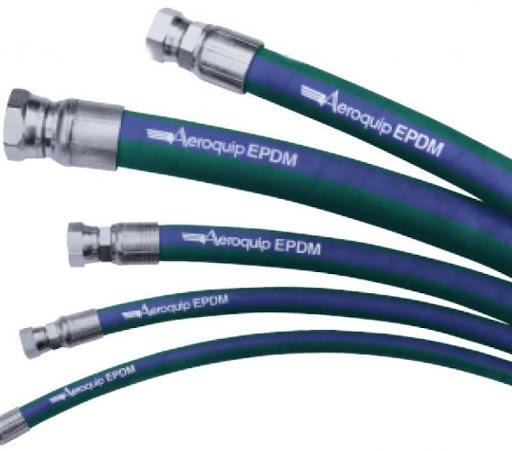-
Applications:
- Energy storage in systems with intermittent operation
- Energy reserve for emergencies
- Compensation for leakage loss
- Shock and vibration damping
- Flow compensation in case of pressure and temperature changes
Refer to data sheet RE 50171 for extensive details about the design HAB-6X and applications with CE certification.
Function, section
General information
Hydraulic accumulators are hydrostatic devices capable of storing a certain amount of energy in order to release it to the hydraulic system when needed.
Fluids only possess low compressibility; however, gases are highly compressible. The working principle of all gas-loaded hydraulic accumulators is based on this difference.
The difference between bladder and diaphragm type accumulators lies in the type of separator element. Hydraulic accumulators essentially consist of a fluid section and a gas section with a gas-tight separator element.
The fluid section has a connection to the hydraulic circuit.
If a higher liquid pressure is applied to a specific quantity of pressurized gas, the gas volume decreases as the liquid pressure increases, with the gas pressure increasing with the liquid pressure.
If the pressure of the fluid decreases, the fluid is pushed back into the hydraulic system by the expanding gas until the pressure is balanced again.
RELATED PRODUCTS
PRODUCT REFERENCE
Our Customer




